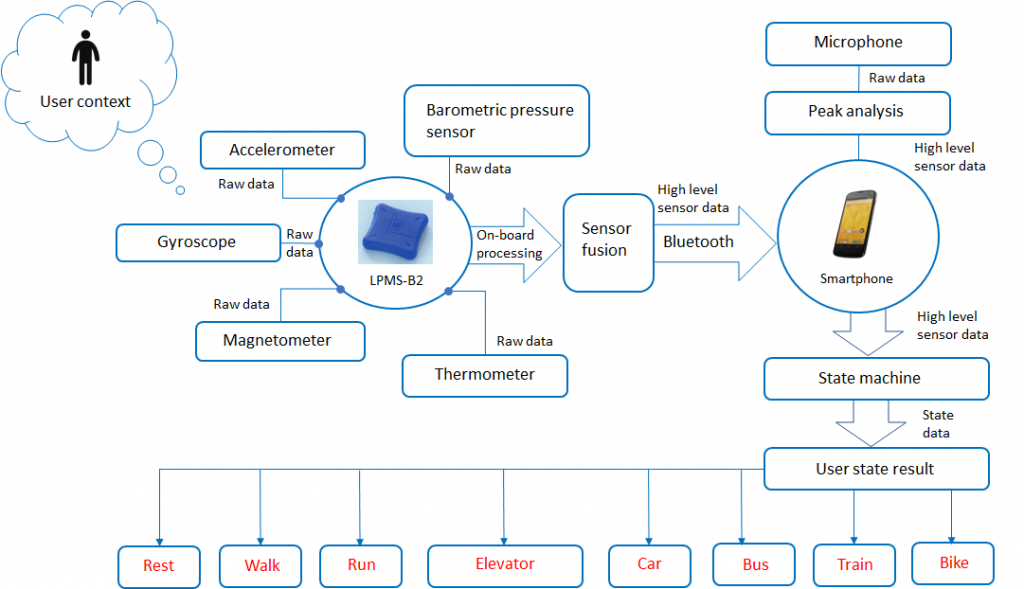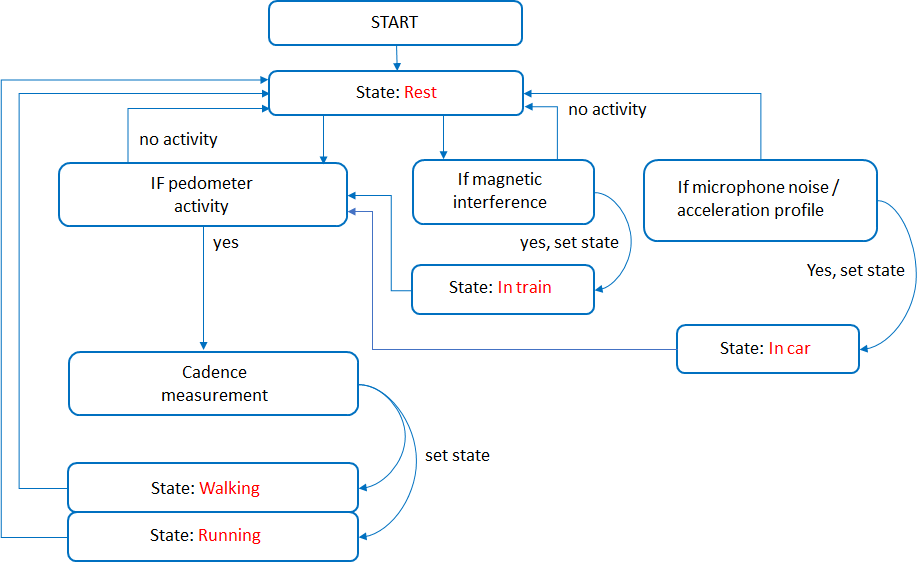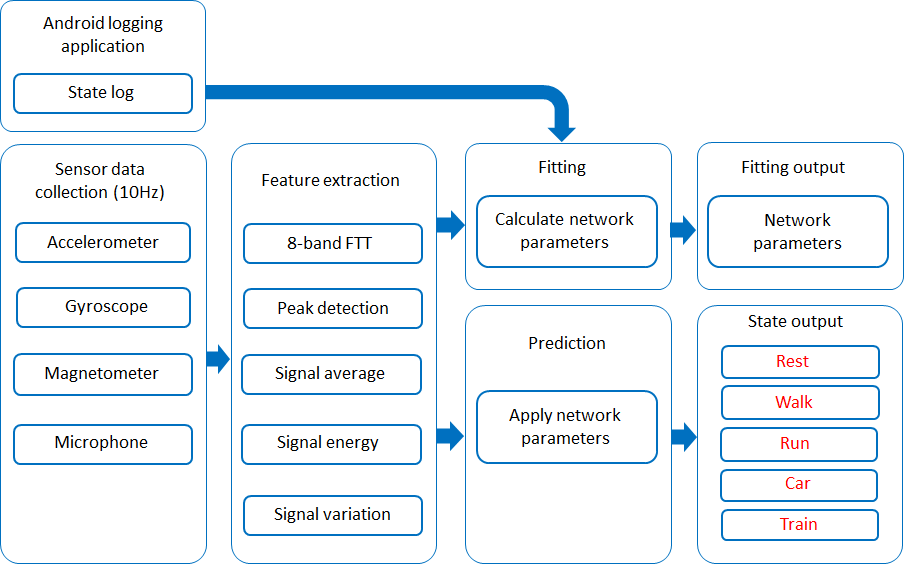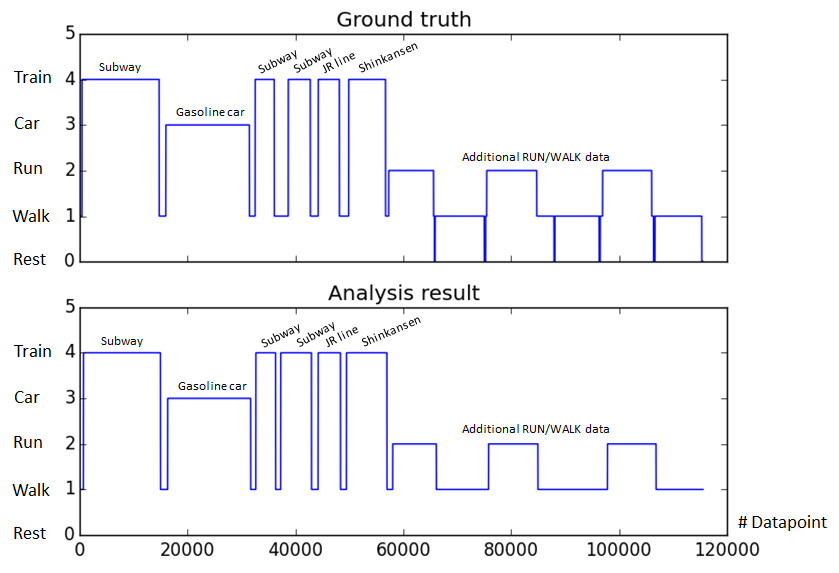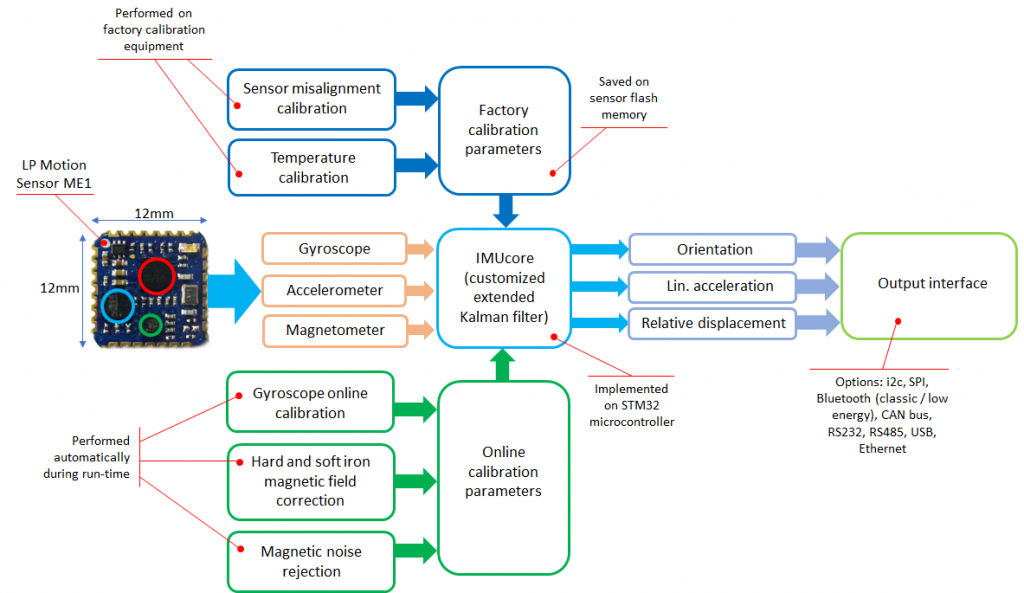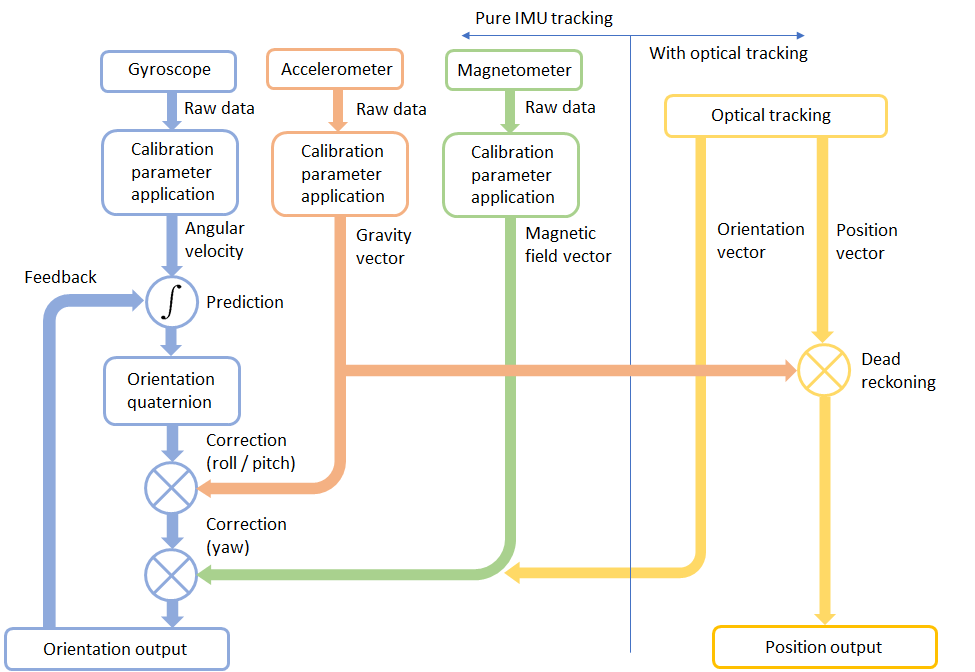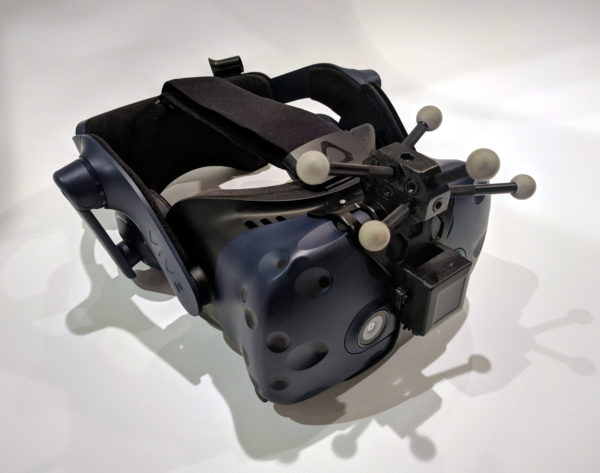LPMS Operator’s Manual Update
It’s been a long time, but finally we have updated our reference manual to the latest generation of sensors.
The manual is accessible through our documentation & support page or directly from here.
Below is a list of the most important updates, some of which are fixes that customers have asked for for quite a while:
- Removed hardware specific parts. These are now covered in the quick start manuals.
- Corrected scaling factors for all non-floating-point data transmission modes.
- Corrected error in description of reset modes.
- Moved to-be-deprecated LpSensor detail description to appendix.
- Added list with APIs for direct sensor programming. OpenZen is to replace LpSensor.

